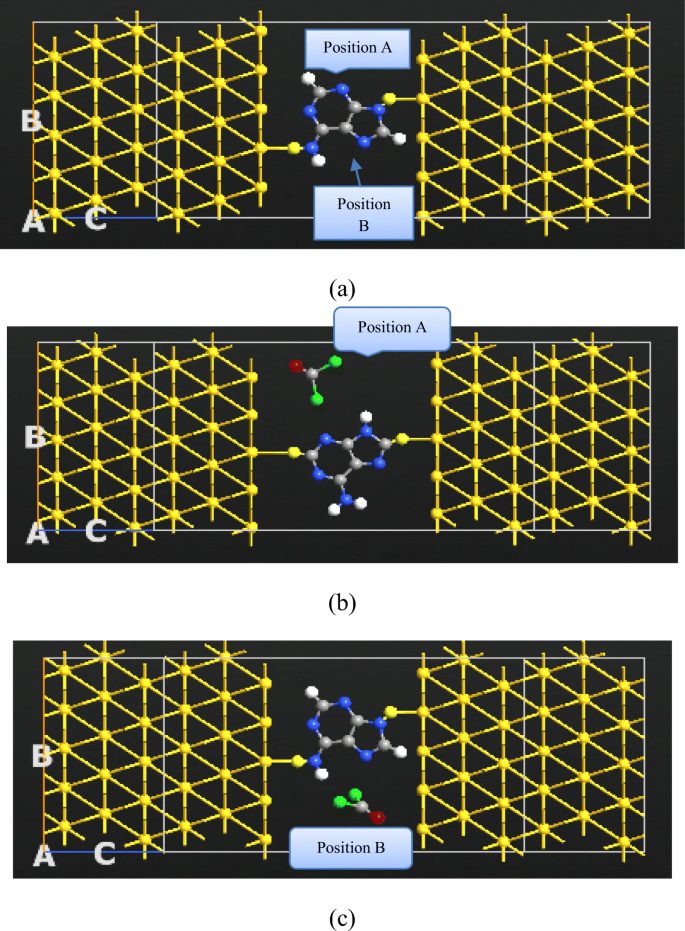

Quantumwise tutorial software#
Many analytical results for the systems of partial differential equations that describe the behavior of complex semiconductor structures have been published in the past and also several software packages have been developed: WIAS-TeSCA, WIAS-QW, ddfermi. The Weierstrass Institute has a long tradition in mathematical modeling and numerical simulation of semiconductor materials. The particular research goals often arise from challenging problems of collaborators. On the other hand, the emphasis is on the development of fast and robust numerical methods for the solution of the coupled model equations. On the one hand, the research in this application area is focused on the development and investigation of mathematical modeling approaches for taking into account additional important physical effects. It describes the motion of negatively and positively charged carriers (electrons and holes) in a self-consistent electrical field by drift and diffusion. The van Roosbroeck system is the basic model. The Weierstrass Institute actively contributes to the fundamental and application-driven research and development of novel solutions.ĭrift-diffusion models are well established for the description of carrier transport in semiconductor devices. This topic, which is also called Green Photonics, is one of the essential technological challenges for the coming years. For the qualitative and quantitative understanding of the properties of these devices, mathematical modeling and simulation of the most relevant and, respectively, of the limiting carrier transport processes is necessary.Ĭurrent research also focuses on the improvement of energy efficiency of new devices and the development of novel technologies for applications in renewable energies, communication, and lighting. can be given by doping profiles, hetero- or nanostructures. Modern semiconductor devices and optoelectronic devices such as semiconductor lasers or solar cells are based on semiconductor structures, which e.g. Quantitative Analysis of Stochastic and Rough Systems.Probabilistic Methods for Dynamic Communication Networks.Numerical Methods for Innovative Semiconductor Devices.Modeling, Analysis, and Scaling Limits for Bulk-Interface Processes.Nonsmooth Variational Problems and Operator Equations.Thermodynamic Modeling and Analysis of Phase Transitions.Stochastic Algorithms and Nonparametric Statistics.Nonlinear Optimization and Inverse Problems.Numerical Mathematics and Scientific Computing.Optimization and Control in Technology and Economy.Conversion, Storage and Distribution of Energy.Application oriented research topic of WIAS - Modeling and simulation of semiconductor structures


 0 kommentar(er)
0 kommentar(er)
